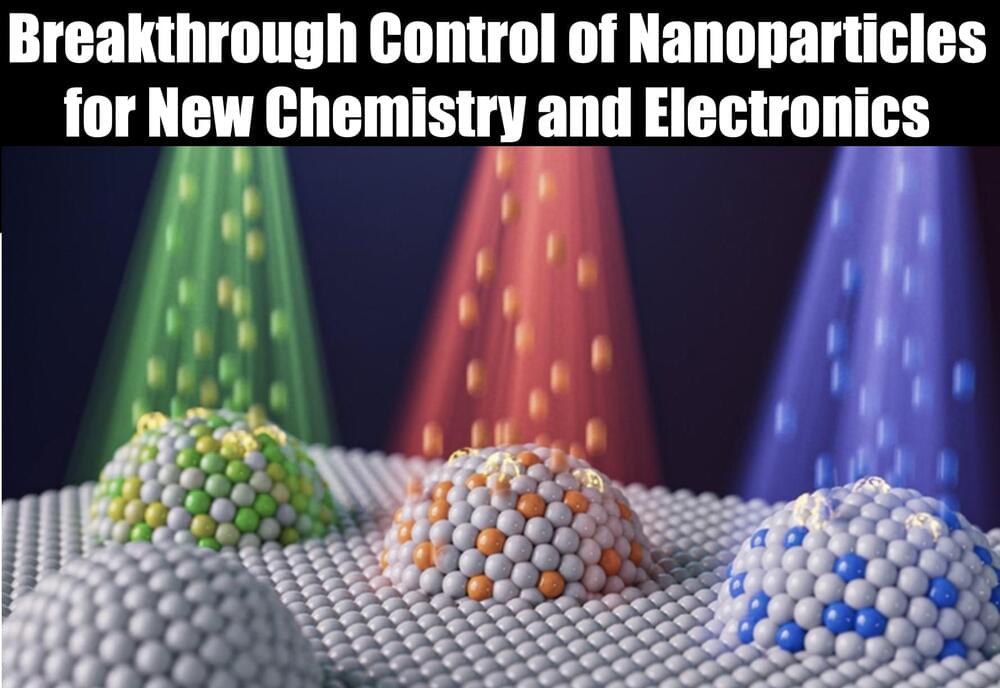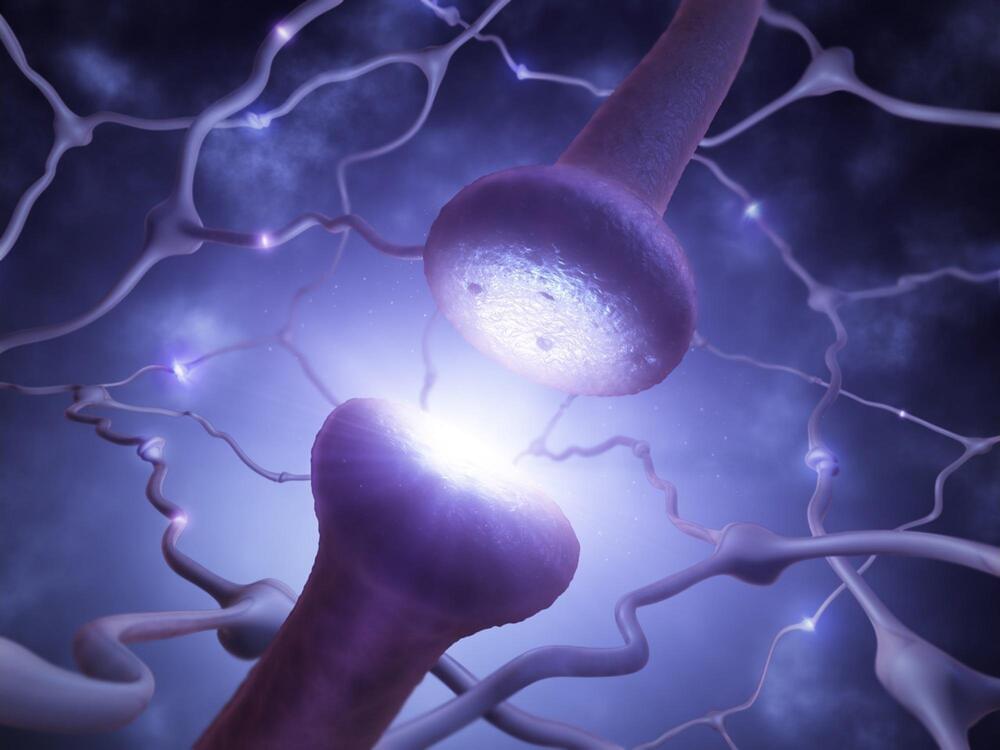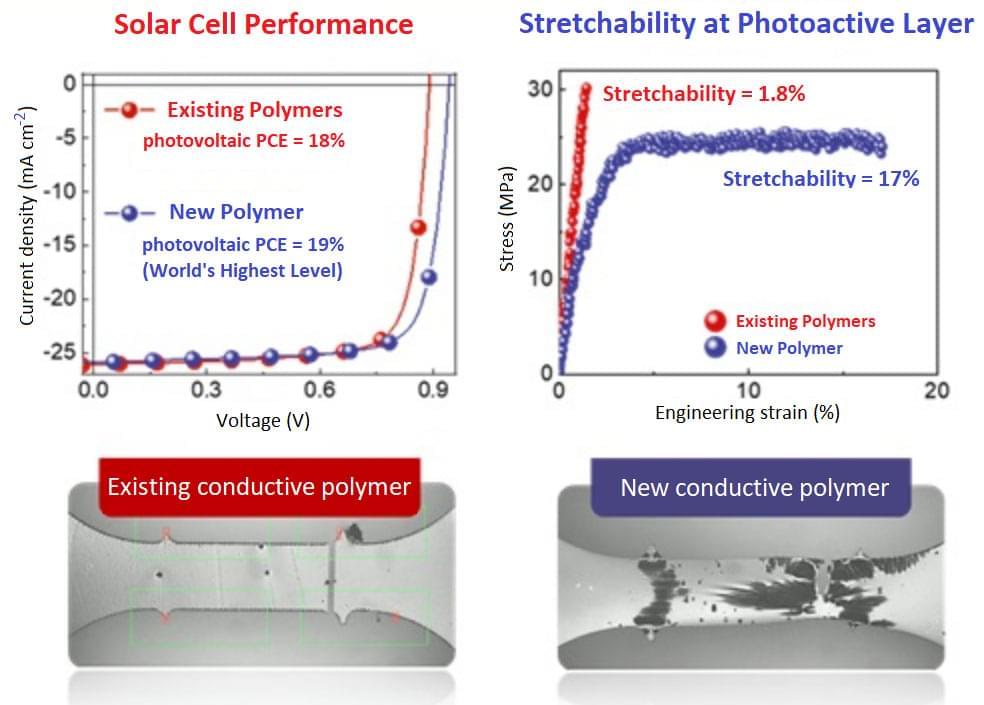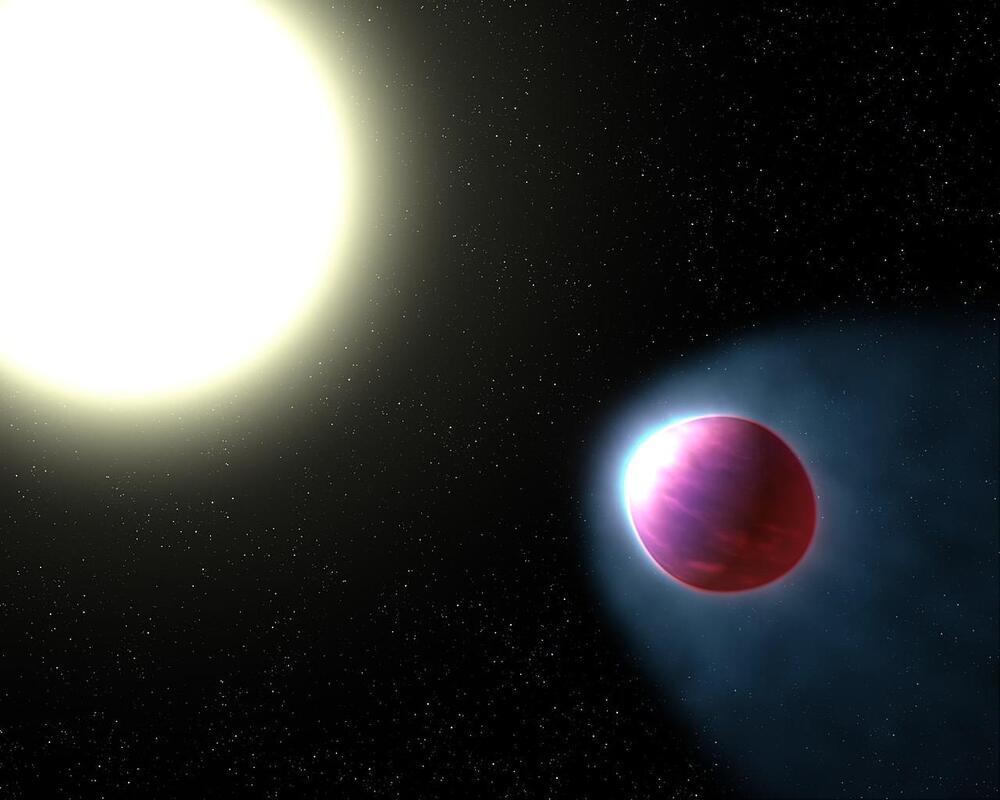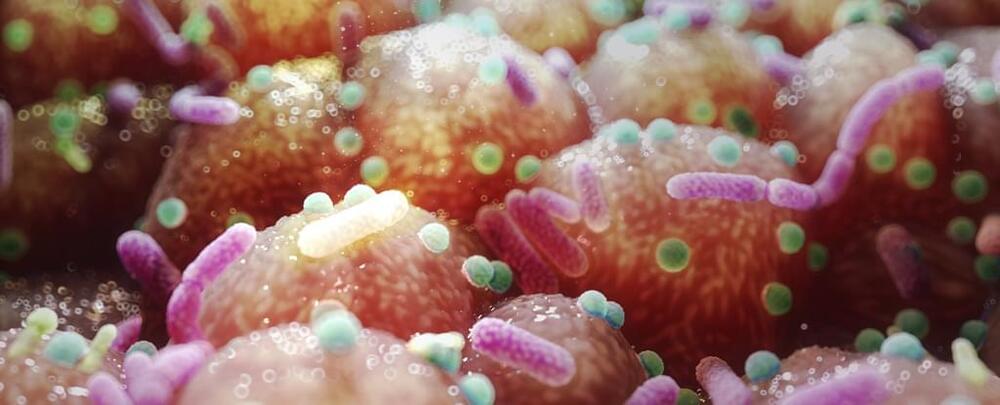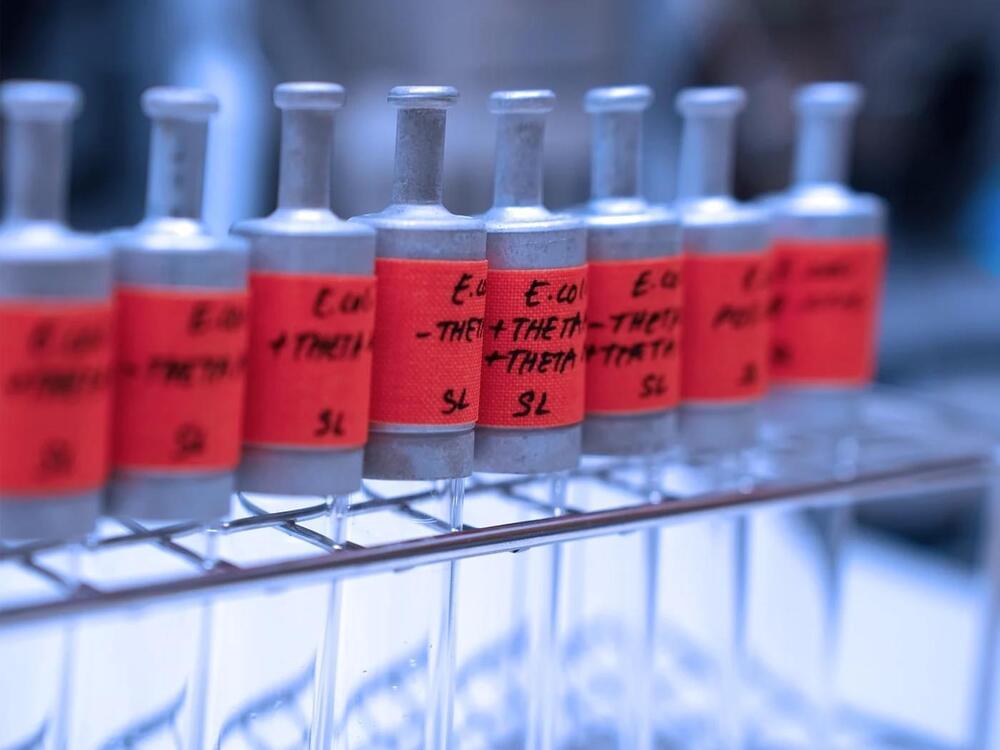Jan 5, 2024
Controlling the Size, Composition and Dispersion of Metal Nanoparticles
Posted by Joseph Barney in categories: chemistry, energy, nanotechnology
Nanoparticles seem the future of electronics, at least until the next big thing.
Nano-engineered oxides are very important for the development of next-generation catalysts and microelectronics. Recently, metal exsolution from oxides has emerged as a promising nano-structuring tool to fabricate nanoparticle-decorated oxides. However, controlling the size, density, composition, and location of exsolved nanoparticles remains a challenge, limiting the ultimate performance achievable by these nanostructures.
The following nanoparticle production control was achieved: 1. ion sputtering can controllably reduce the size of surface exsolved nanoparticles down to 2 nm, which are among the smallest values reported in the literature thus far. 2. implanted metal ions can tailor the composition of nanoparticles exsolved both at the surface and in the bulk, providing a convenient and direct way to synthesize exsolved nanoparticles with alloyed compositions. 3. irradiation-induced lattice defects can catalyze the nucleation of nanoparticles, and this enables controlling the density and location of exsolved nanoparticles at specific sample locations using ion irradiation.
Continue reading “Controlling the Size, Composition and Dispersion of Metal Nanoparticles” »
